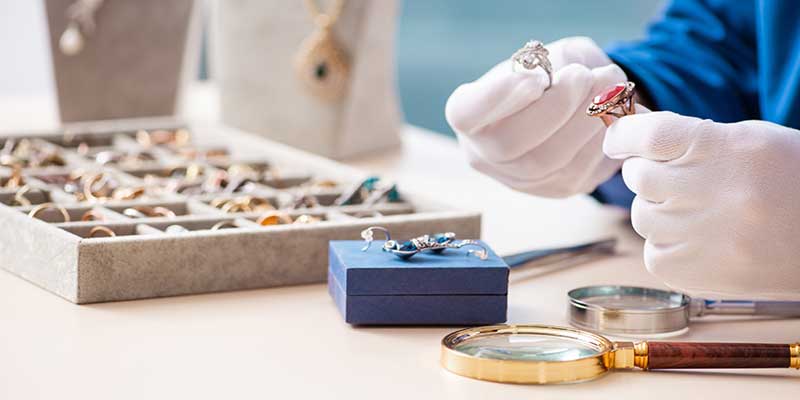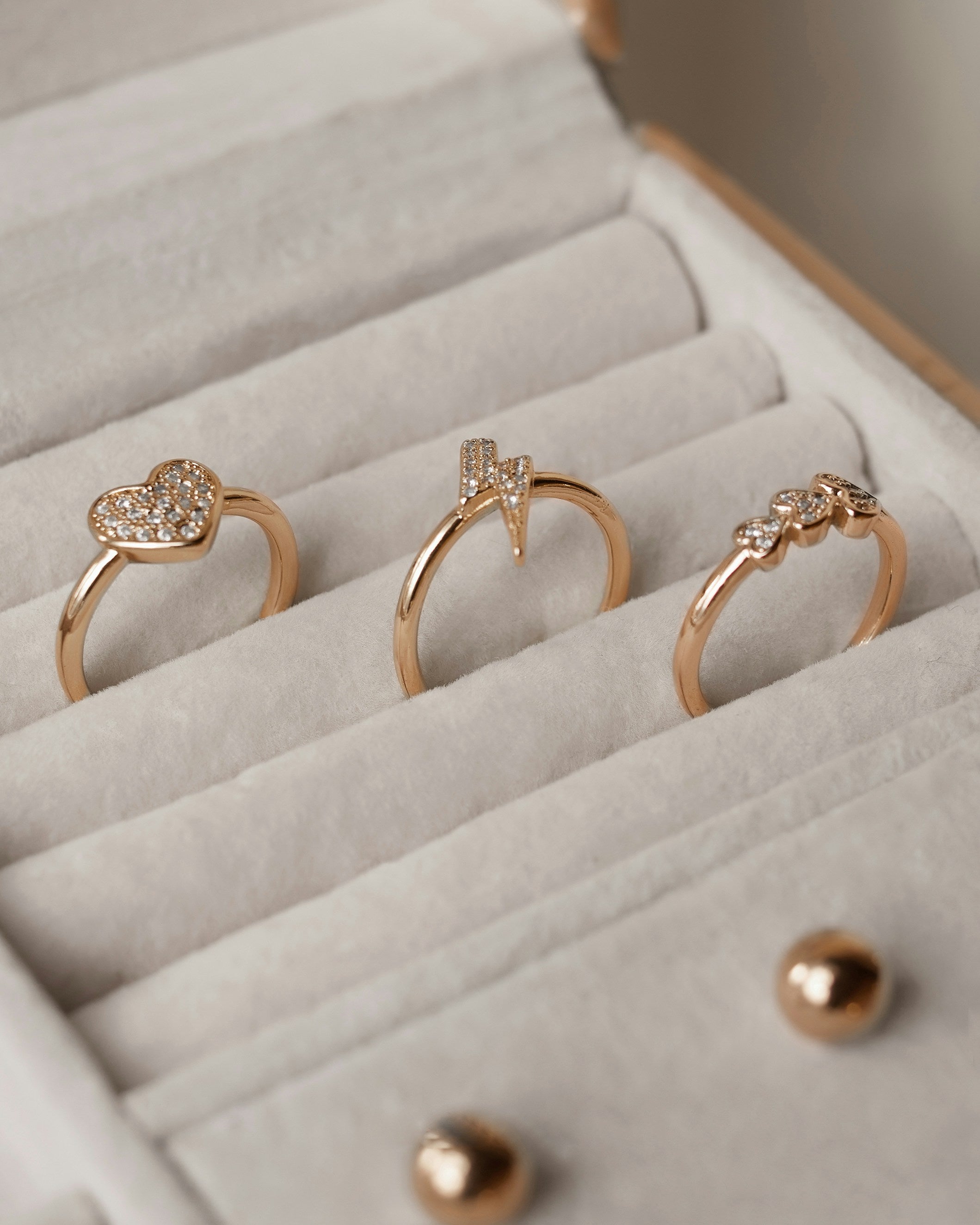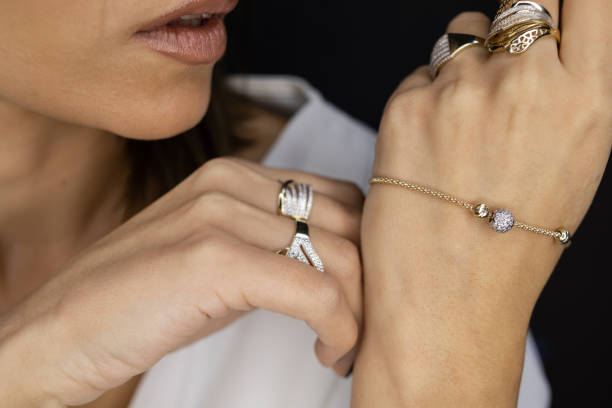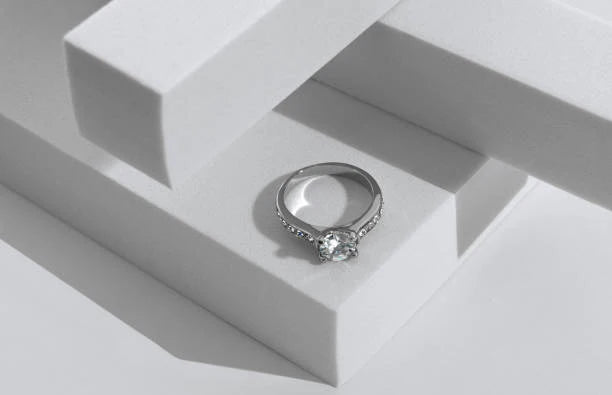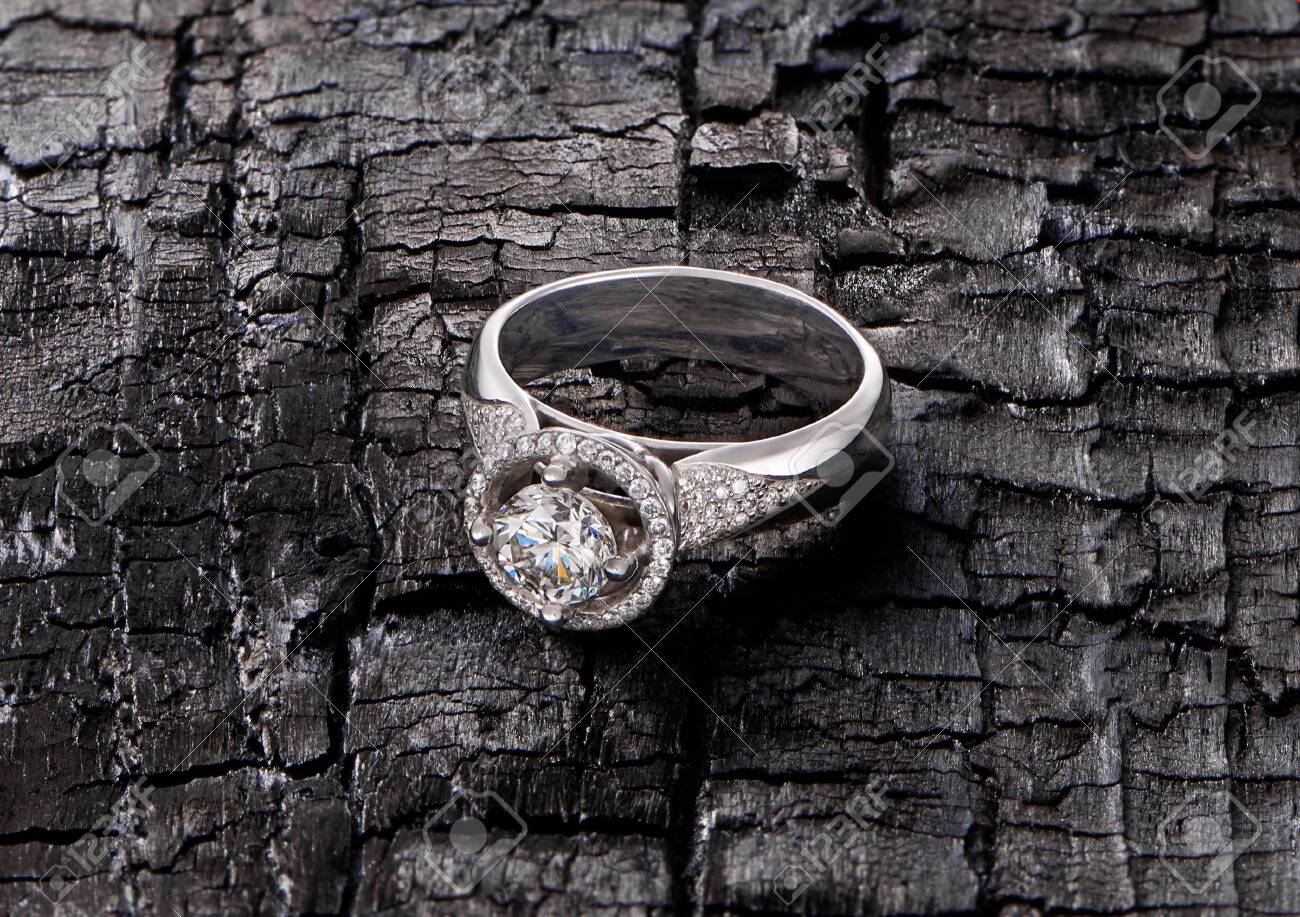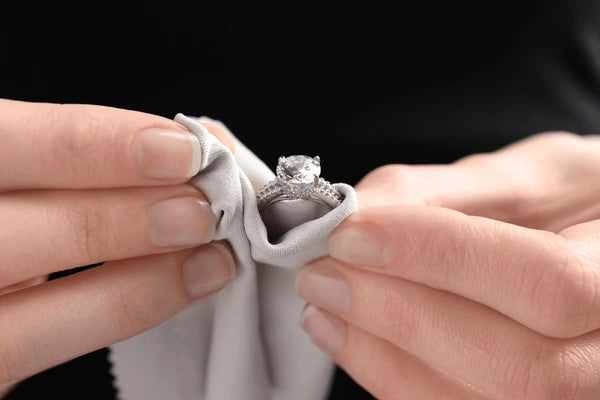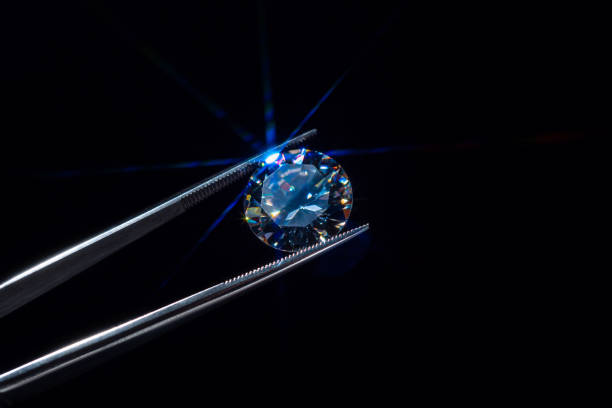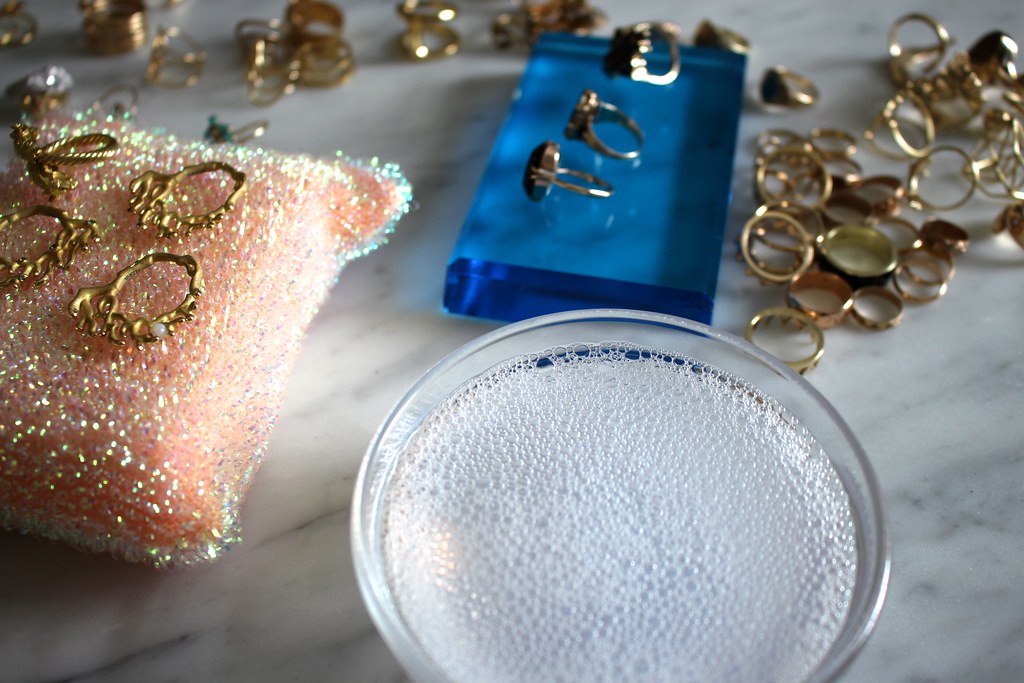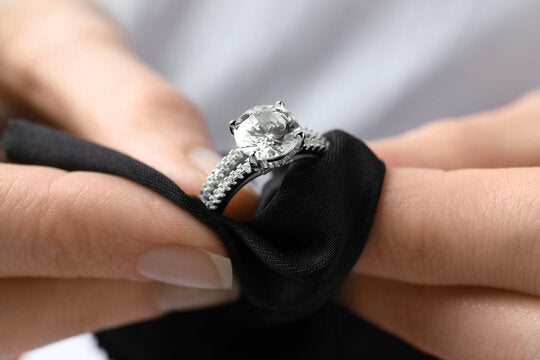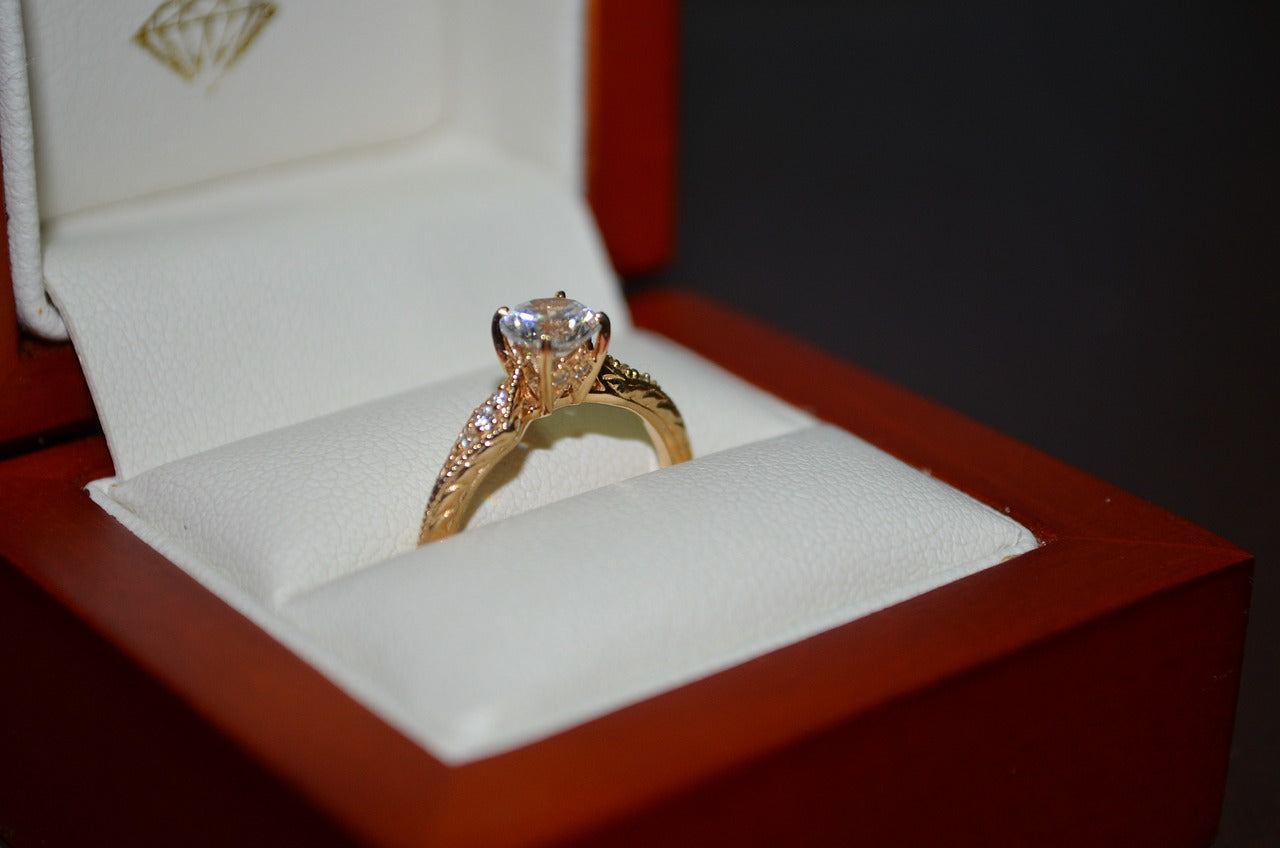HOW TO CLEAN AND STORE YOUR JEWELRY THE RIGHT WAY
There's no shortage of advice online for how to clean and store your jewelry. Some of it is valuable, some questionable, and some can lead to devastating results. Proper jewelry cleaning and storage keeps jewelry looking its best and extends its wear. So, too, does improper care lead to unsightly appearance and diminished strength.
It would be beyond burdensome to have your fine jewelry professionally cleaned twice a month. So whenever we sell a new piece of jewelry, we offer guidance on how to properly store and clean it. These straightforward steps help keep each piece sparkling and secure between cleaning visits.
We also caution against some of the mistakes we see others take with their jewelry. Many of these blunders result from inexpert advice found online and lead to entirely avoidable damages.
Before you turn to Pinterest for DIY jewelry cleaners, try these jeweler-approved care and cleaning tips.
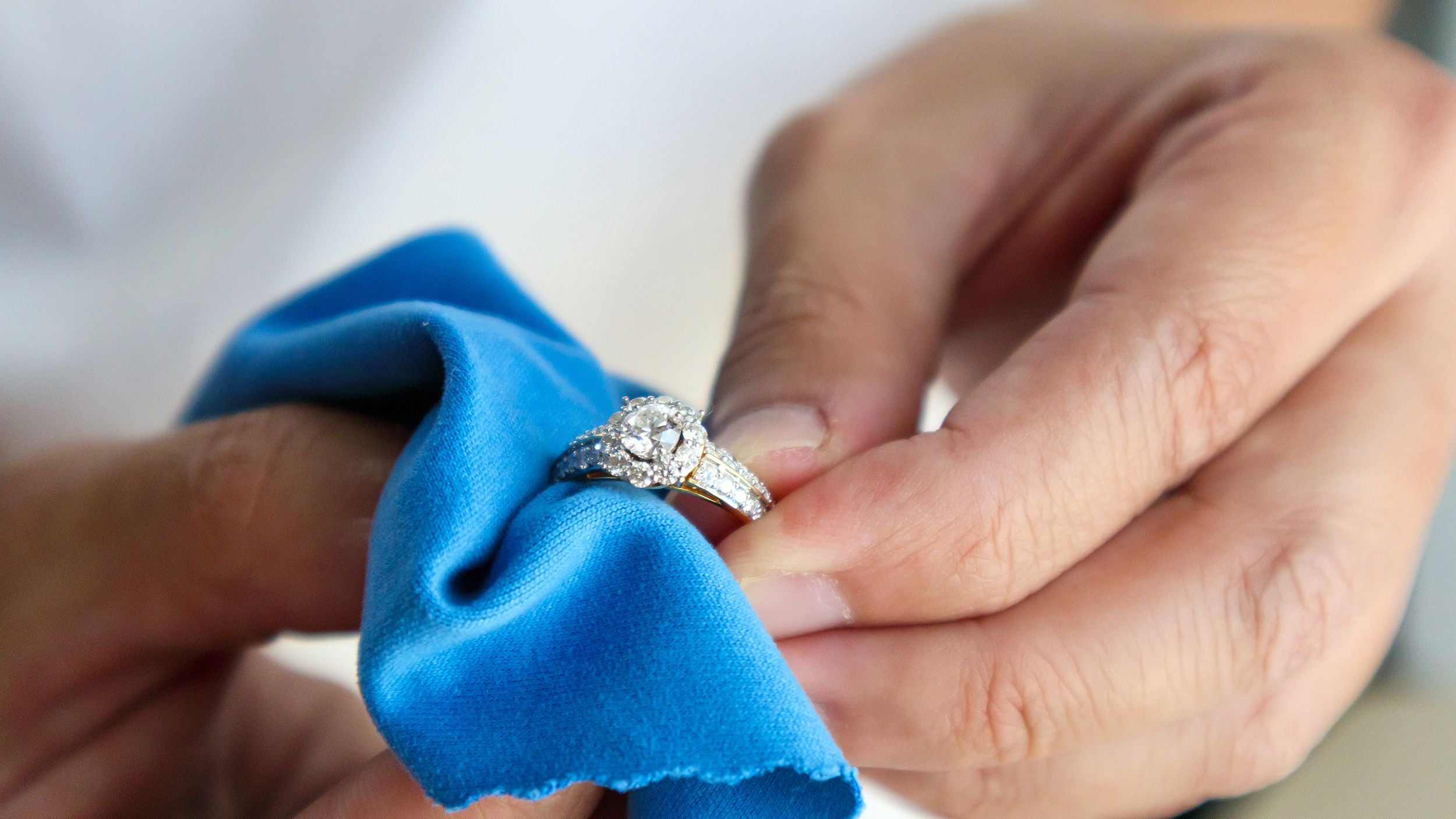
AT-HOME JEWELRY CLEANING
Jewelry that you wear daily or nearly daily should be cleaned at home every few weeks. If you have an item with different needs, your jeweler will provide a jewelry care plan at the time of purchase. These at-home cleanings will help remove the buildup of dirt and environmental grime that can dull the appearance and even cause damage to gemstone and metal jewelry.Not all at-home jewelry cleaners are made equal, however, and some jewelry cleaning solutions and machines can do serious damage. For at-home jewelry cleaning, we recommend a simple solution for precious metals and red (rubies), white (diamonds), and blue (sapphire) stones

How to Make Jewelry Cleaner
Mix a few drops of Dawn dish soap with warm (not hot) water.
Allow your jewelry to soak for 5-10 minutes.
Brush your stones gently with a soft-bristled toothbrush to dislodge any stuck-on grime. Soft metals may be damaged by heavy brushing, so ensure both the bristles and the pressure you apply are soft.
Move your jewelry to a second container of clean, tepid rinse water to remove any remaining soap and residue.
Lastly, pat your jewelry dry with a lint-free cloth or towel, taking extra care around the prongs to avoid snagging.
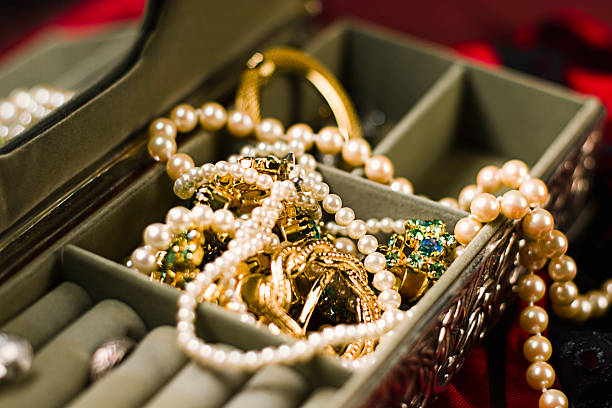
JEWELRY STORAGE 101
There are some standard rules to follow for jewelry storage, as well as specific practices to follow depending on the style and materials. With each new piece of fine jewelry that you invest in, ask your jeweler about its unique needs and tolerances before cleaning and storing it at home.
HOW TO KEEP YOUR GOLD LOOKING GREAT
Gold jewelry that has lost its luster can typically be restored by following the cleaning regimen above. If your gold jewelry has gone uncleaned for many years, such as an inherited heirloom, it’s best to bring it to your jeweler for a professional inspection and cleaning before you begin an at-home cleaning regimen. Gold jewelry with gemstones that require special care, such as emeralds or pearls, will also require a modified cleaning approach to accommodate the needs of each of its parts.
Get answers to cleaning and care conundrums for mixed material designs such as a moisture-dependent opal in a tarnishable metal, and learn to clean and care for pearls, opals, and other sensitive stones in our Special Care for Special Stones care guide.(Insert link to supporting blog post - Special Care for Opals, Pearls, Wood, & Other Unique Jewelry Needs)
HOW TO CLEAN & STORE WEDDING AND ENGAGEMENT RINGS
When you first start to wear your wedding and engagement rings, you’ll find it hard to believe that you might ever provide them with anything but the most meticulous of care. Realistically, however, as you become used to wearing them, you may start to take them for granted.
Over time, you may find yourself thinking things such as “I’ve accidentally worn them while doing laundry before and nothing bad happened. It’s probably not a big deal to leave them on,” or “I know I shouldn’t wear them at the beach, but I really want to show them off.” Sooner or later, “I know I shouldn’t, but I’ll do it just this once,” becomes “I know I should have listened to my jeweler, but I didn’t and now look what’s happened.”
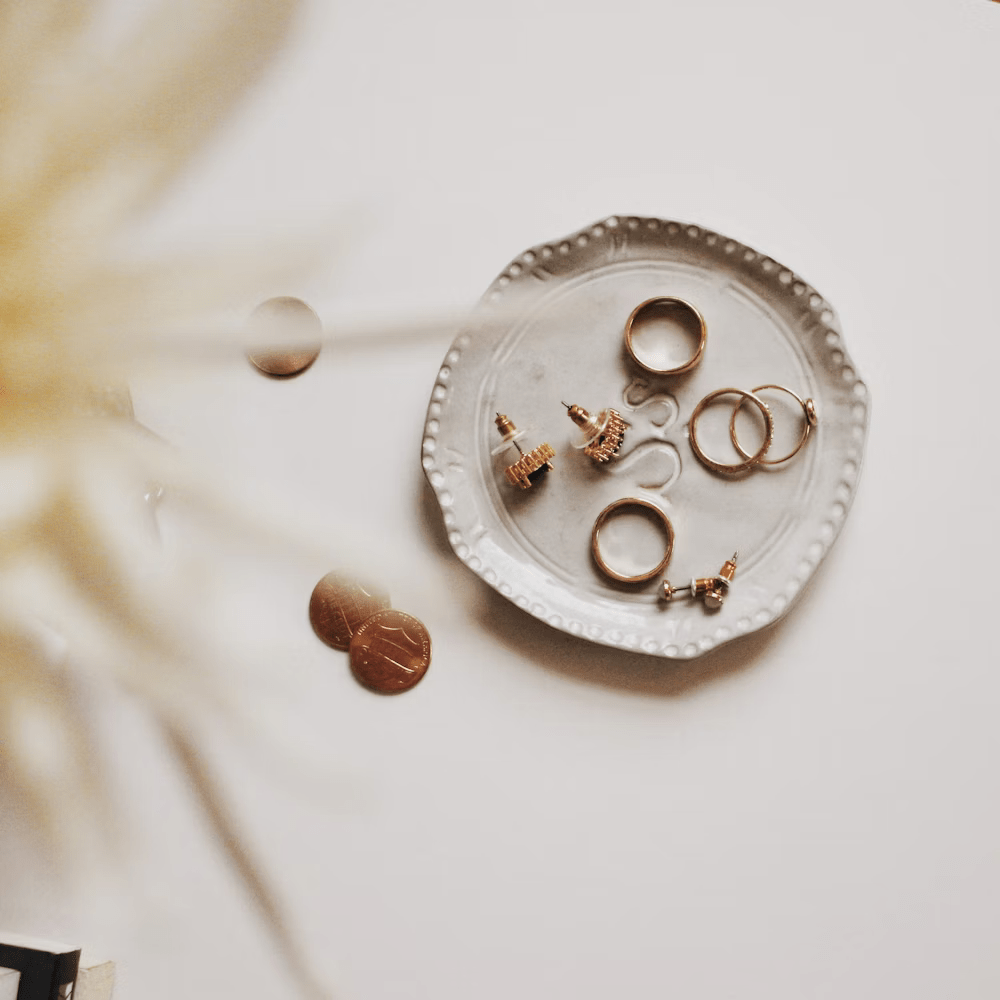
FALL JEWELRY CARE
When the days start to cool, and summer turns to autumn, you might think that the major threats to your jewelry are behind you along with the heat, salt water, and chlorine of summer. Fall holds its perils for your fine jewelry, however, and requires its own kind of vigilance.


